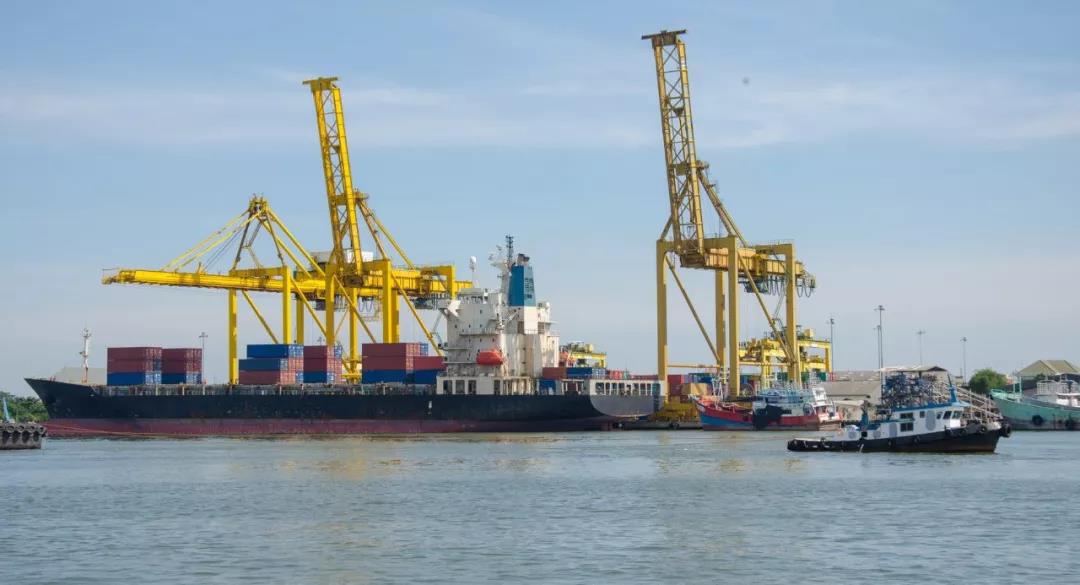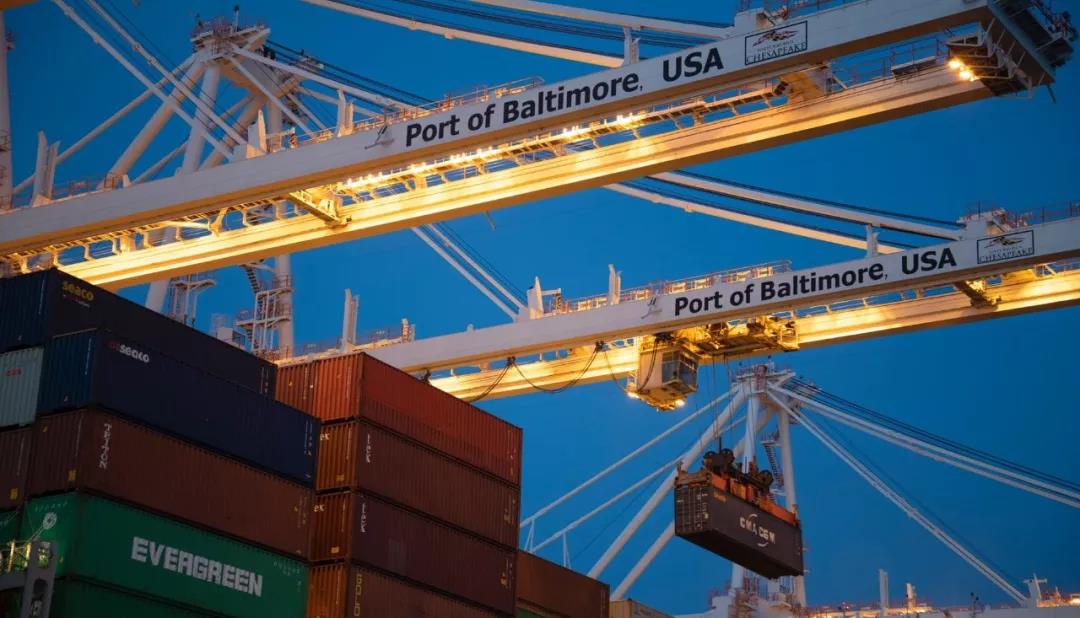Vietnam is worried about the US tariff and proposes two ways to deal with it!
The Vietnamese Foreign Ministry said on the 4th that in order to avoid the high tariffs imposed by the United States, Vietnamese manufacturers should use and process the raw materials produced in Vietnam. However, some insiders believe that Vietnam should seek diversification of export markets, especially exports to Europe.

[Domesticization is not easy]
Vietnamese Foreign Ministry spokesman Li Shiqiu Heng said at a regular press conference on the 4th that the Ministry of Industry and Trade had previously warned Vietnamese companies that importers of Vietnamese products such as the United States might adopt stricter standards for Vietnamese products for trade protection purposes. Vietnamese companies should consider adopting new business strategies, including the use of domestic raw materials.
However, some industry insiders say that raw materials produced in Vietnam may not be able to meet export needs in the short term, regardless of production, quality, cost or supply capacity.
The US Commerce Department announced on the 2nd of this month that it will impose a maximum tariff of 456% on some steel products exported from Vietnam to the United States on the grounds that these products are intended to evade US anti-dumping and countervailing policies.
The United States has designated Vietnam to use corrosion-resistant steel products and cold-rolled steel as raw materials in Korea and other places, and export it to the United States with only minor processing to avoid US anti-dumping and countervailing duties. Since 2016, the US has imposed punitive tariffs on corrosion-resistant steel products and cold-rolled steel produced in India, Italy, and Korea.
On the US side's identification, Vietnam responded that Vietnam has always been committed to developing "free" and "fair" trade with the United States.

[seeking diversity]
The United States is Vietnam's largest export market. According to the latest data from the website of the US Trade Representative Office, the total trade volume of goods and services between the United States and Vietnam was 58.2 billion U.S. dollars in 2017, and the U.S. trade deficit with Vietnam was 37.3 billion U.S. dollars.
However, in terms of steel products, ASEAN countries are Vietnam's largest export market, accounting for about 61%; the United States is second, 8.1%; European countries are third, 7.1%.
According to data from the Vietnam Iron and Steel Association, as of April 30, Vietnam exported about 2.8 million tons of steel products this year, an increase of 13.7%.
Vietnam’s steel industry analyst Yan Wenshu told the Vietnamese news agency on the 4th that Vietnam should seek diversification of the export market for steel products, especially the potential of the European market, as international competition intensifies and trade protection measures increase.
The EU countries are Vietnam's second largest export market. The EU and Vietnam signed two trade agreements on June 30, agreeing to gradually reduce the tariff of 99% of bilateral trade within 10 years. Yan Wenshu said that the free trade agreement with the EU will help increase Vietnam’s exports to the EU.
The Vietnamese economy is highly dependent on foreign countries. The government has long been committed to diversification of its export market and has signed more than a dozen bilateral and multilateral free trade agreements to date.
Source: Xinhua News Agency Zheng Yining






